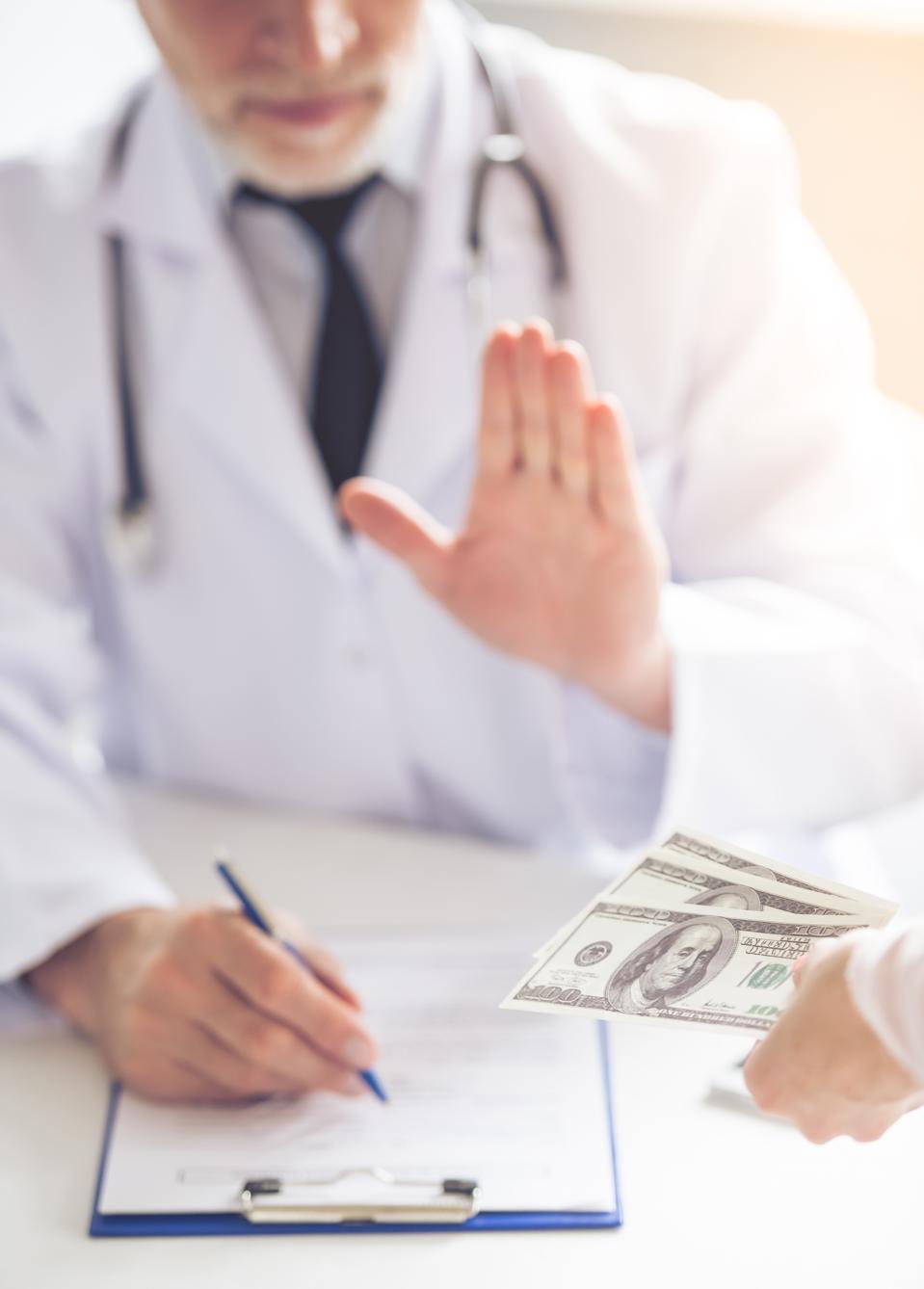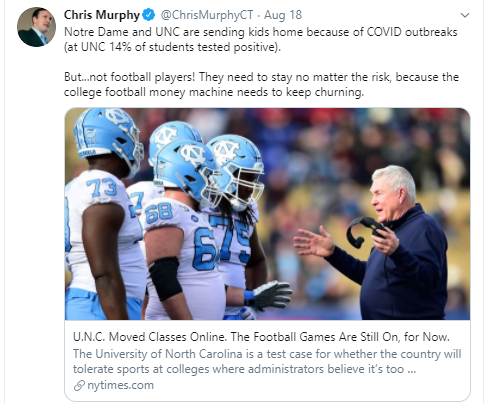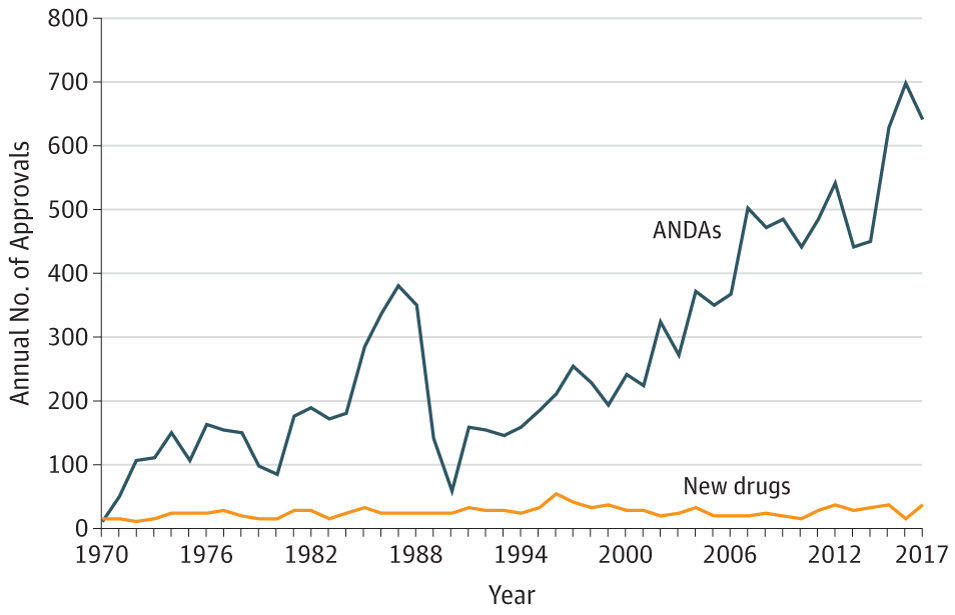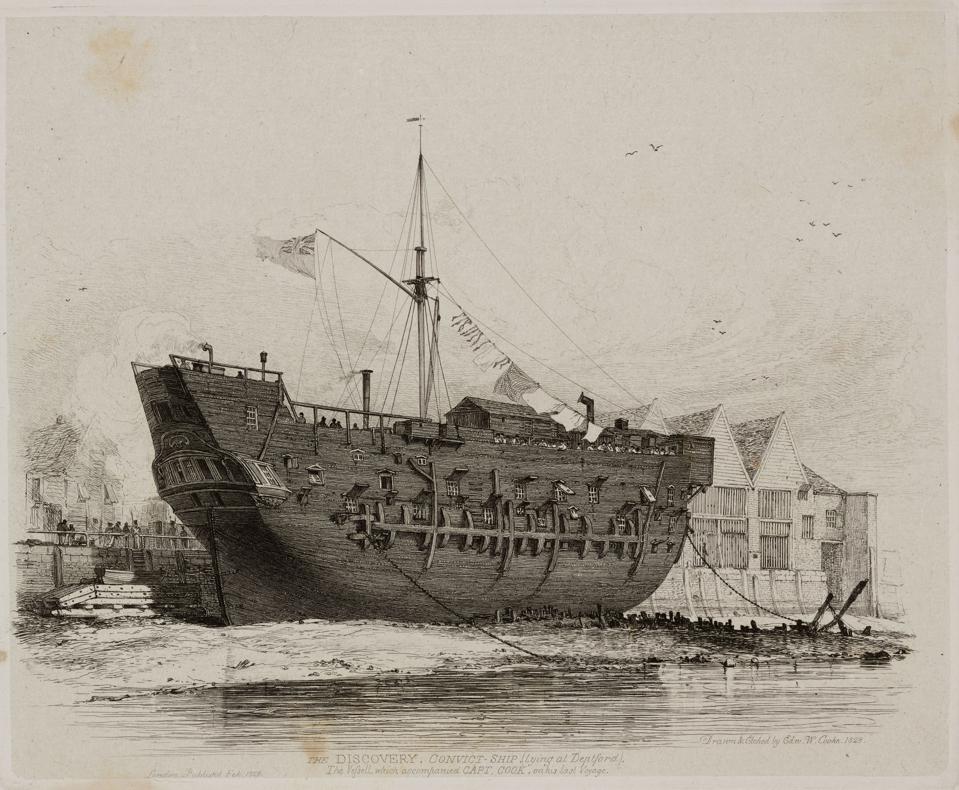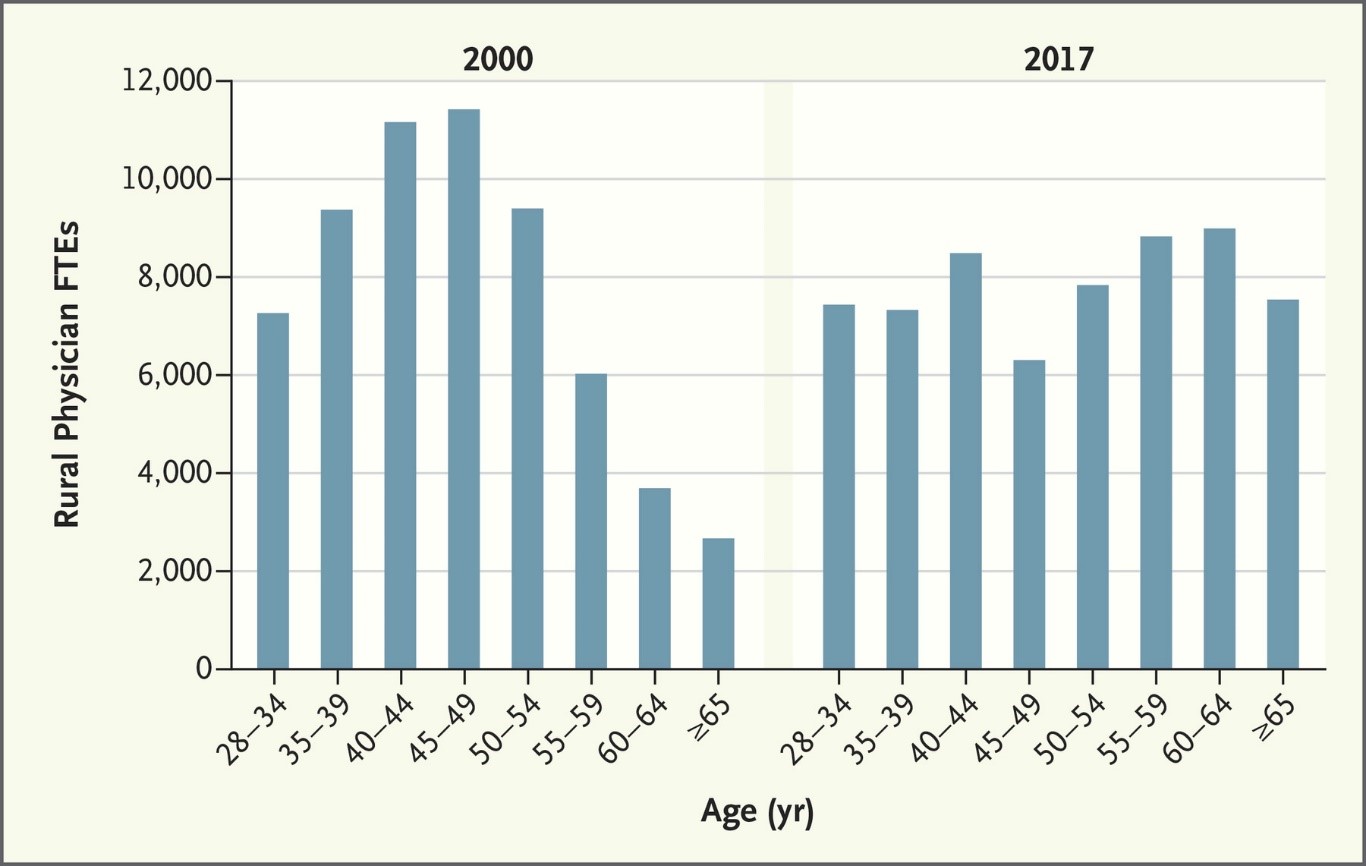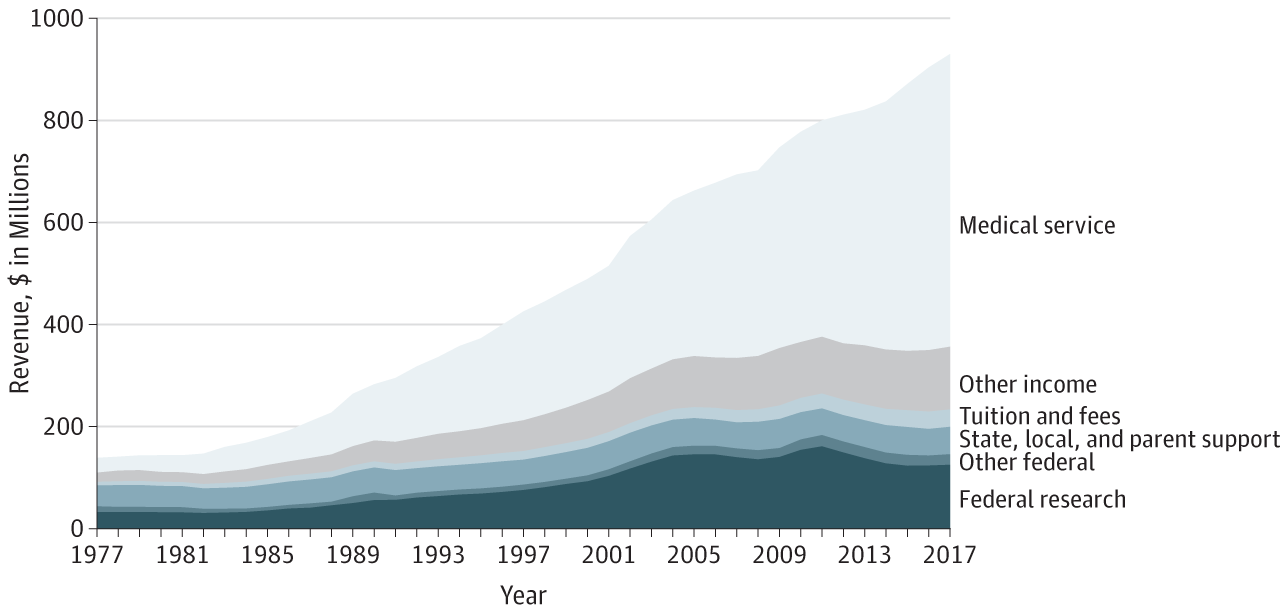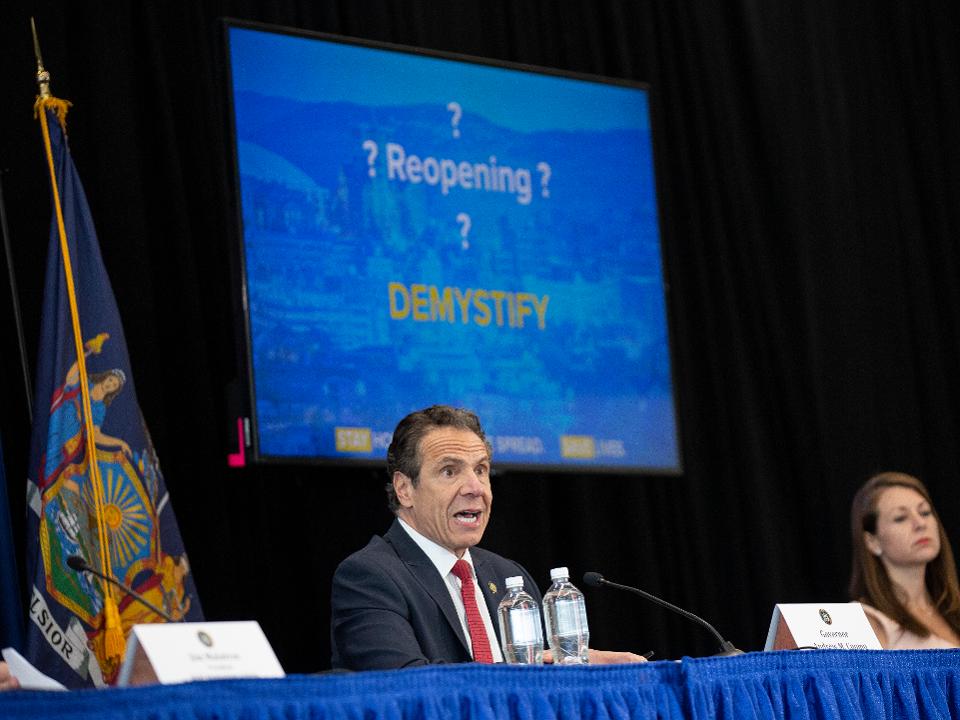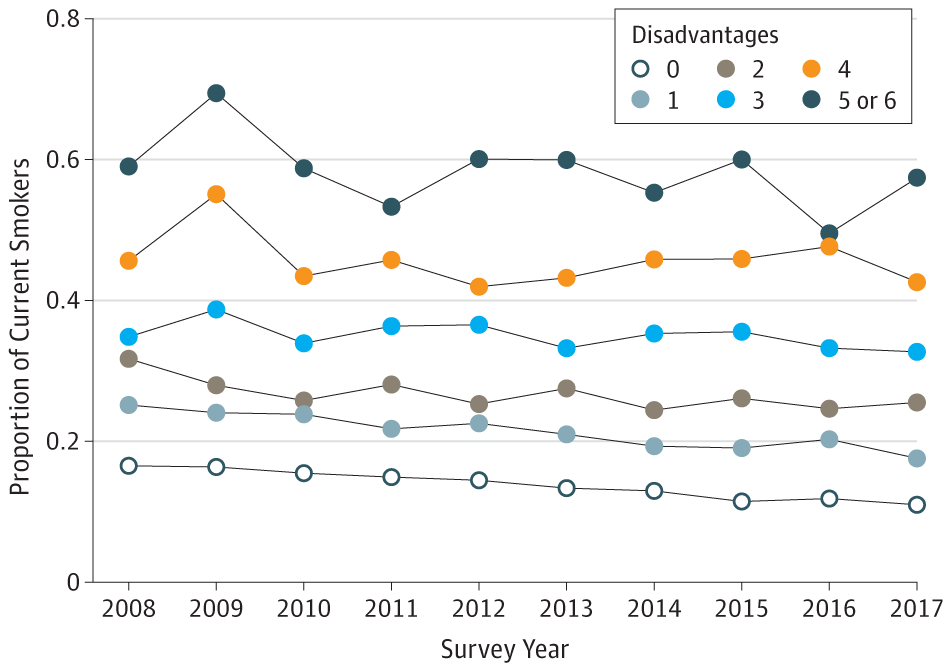Brand-name chemotherapy is often incredibly expensive, in excess of $100,000 per patient. Sometimes there are excellent generic alternatives, but many oncologists are hesitant to prescribe generics because such prescriptions cost them money. For many medicines, you see, oncologists receive a 6% markup, meaning when they infuse a patient with a $10,000 monthly course of chemotherapy, their practice yields an extra $600. By contrast, if the practice treated that patient with a generic chemotherapy, they’d be out most of that extra money.
A private insurer, UnitedHealthcare, tried to incentivize oncologists to prescribe generic chemotherapies by giving them financial bonuses for doing so. For example, a generic medication that would have previously been accompanied by a $12 markup now received a $500 one. That’s a lot of money; but, from the insurer’s perspective, it would have been more than made up by the savings accompanying the use of the generic drug. (In this case, the brand name drug costs $7,000 more than the generic equivalent.)
Fantastic idea, yes? Unfortunately, it didn’t increase generic prescribing one iota.
To read the rest of this piece, please visit Forbes.

